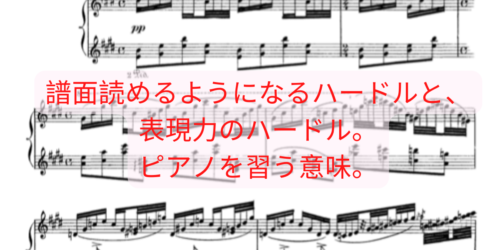Steinway Hall in New York: From Historic Salon to Modern Piano Showcase
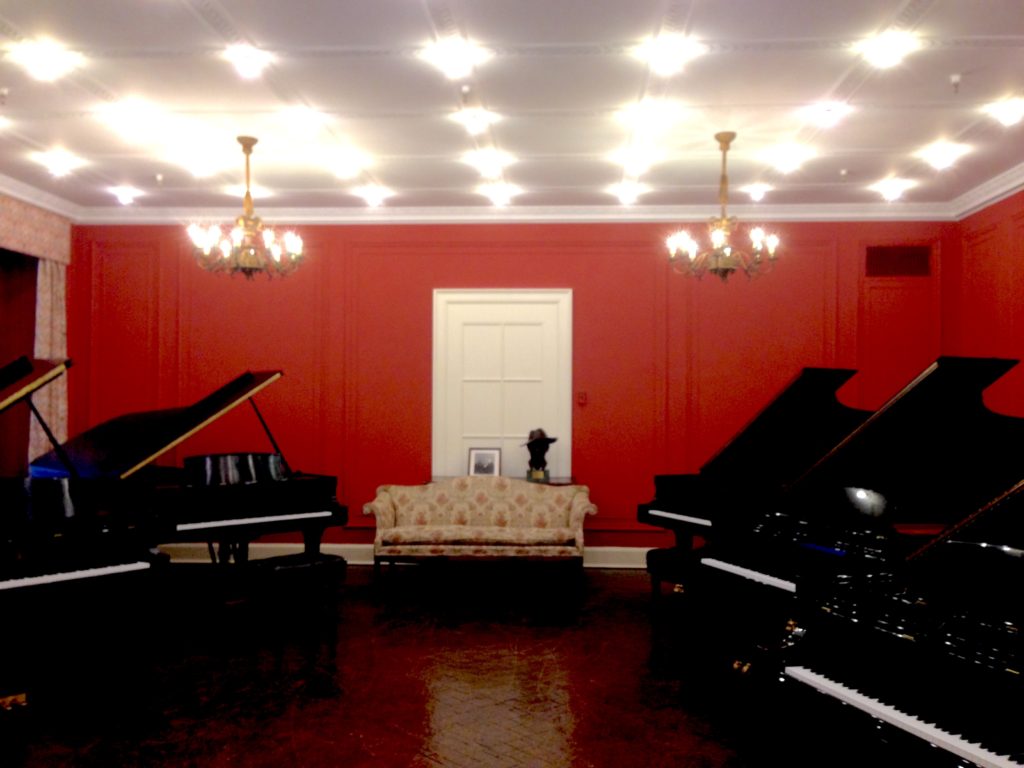
Steinway Hall in New York: From Historic Salon to Modern Piano Showcase
In the heart of Manhattan’s Midtown lies Steinway Hall, home to the world’s most coveted pianos. For over a century, Steinway has symbolized both musical excellence and New York’s cultural elite. Once a Rococo-style salon near Carnegie Hall, Steinway Hall has transformed into a modern architectural gem. Let’s take a look at the old Steinway Hall and its present-day piano salon in New York.
Where Is Steinway Hall Today?
The current Steinway Hall is located at:
1133 Avenue of the Americas, New York, NY 10036
Interestingly, this building once housed the International Center of Photography (ICP Museum). When I first moved to New York, I remember seeing photo books by the Japanese photographer Nobuyoshi Araki displayed in the windows. Today, those same windows reveal gleaming black Steinway grand pianos under bright lights.
In 2016, Steinway Hall relocated here after its legendary 57th Street salon closed due to a lease expiration. That move was bittersweet, as generations of musicians had cherished the old space. The historic building has since been converted into condominiums.
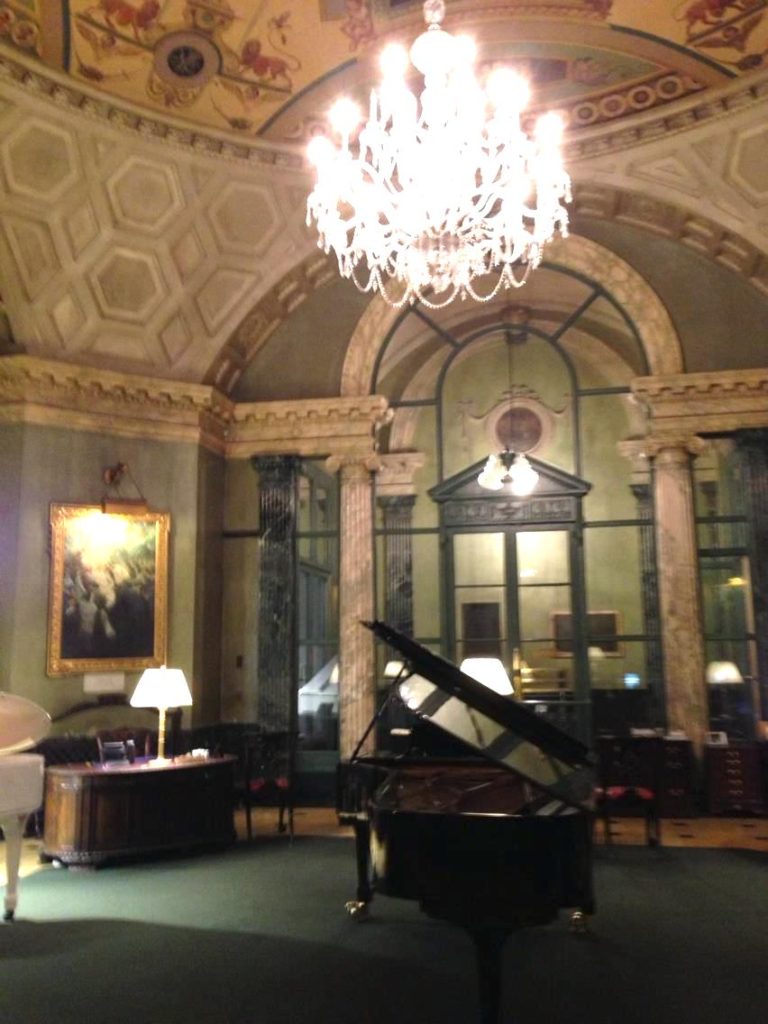
The Old Steinway Hall (1925–2014, 57th Street)
The former Steinway Hall on West 57th Street was a stunning Rococo-inspired interior. Its chandeliers and ornate details reflected European luxury and the grandeur of the Romantic music era.
This was not just a showroom—it was a cultural salon where pianists like Arthur Rubinstein and Vladimir Horowitz frequently performed. Even my own piano professor held his doctoral recital there.
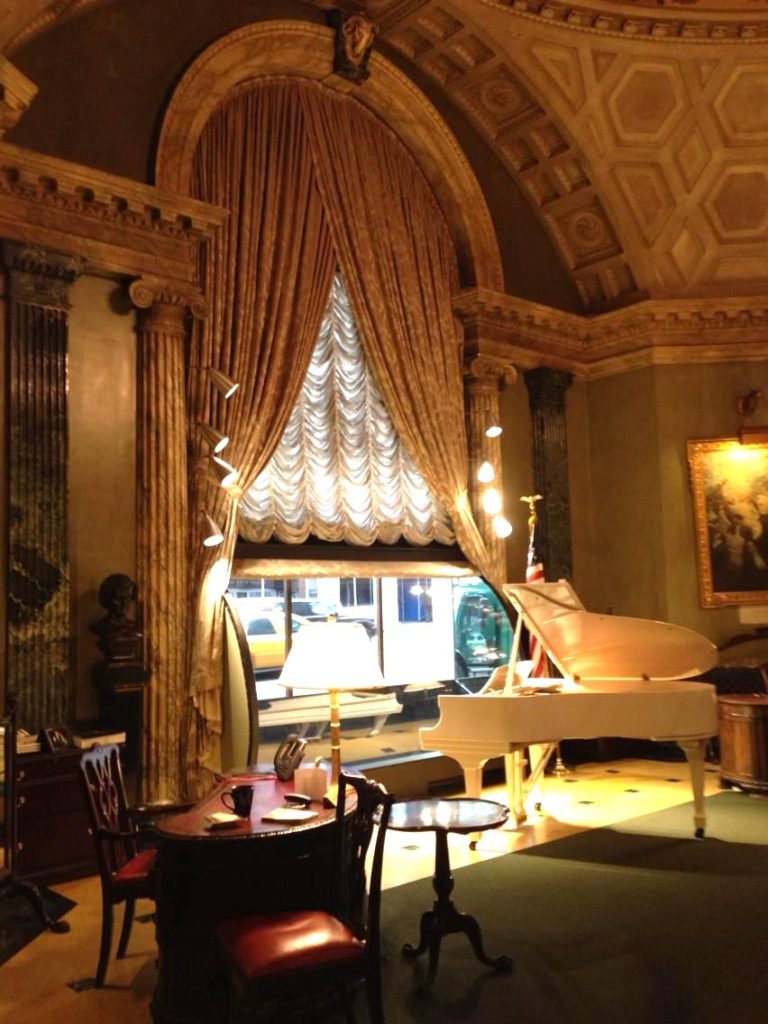
One highlight was the Rubinstein Room, with salmon-pink walls influenced by German design. Inside, visitors could play the pianos, admire Rubinstein’s portrait, and even see a bronze cast of his hands. The atmosphere evoked both pre-war Europe and post-war New York, a mix of glamour and history.

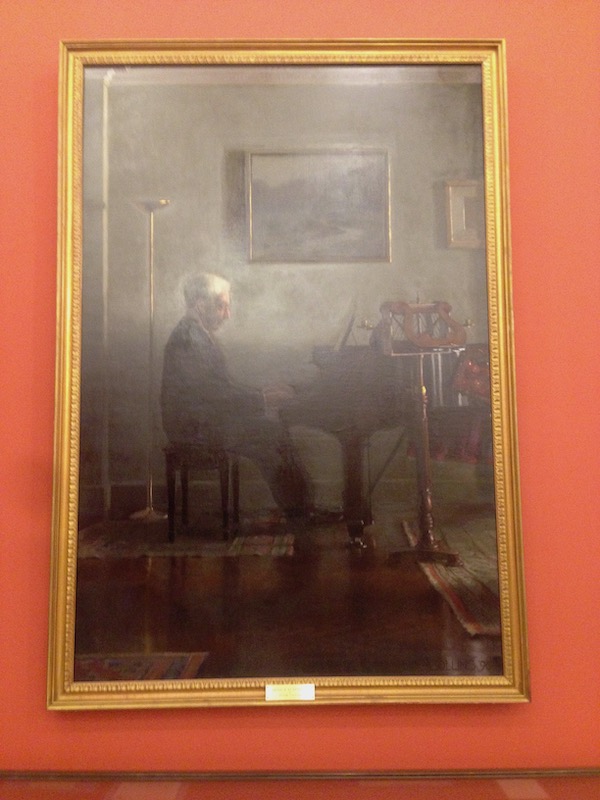
The Modern Steinway Hall (Since 2016, Midtown)
Step into today’s Steinway Hall, and you’ll find a completely different atmosphere. The chandeliers are gone, replaced by sleek minimalism.
- Reflective black pianos line the glass walls.
- The ceiling curves echo the shape of grand pianos.
- The design reflects minimalist music, reminiscent of American composers like Steve Reich and Philip Glass.
Where Rubinstein and Horowitz once dominated, today you’ll find Steinway Artists such as Lang Lang and YuJa Wang featured in displays and promotional material.
A Hidden Lighting Masterpiece
One of the most breathtaking features of the new Steinway Hall is its lighting installation, inspired by Bach’s Goldberg Variations. Each hanging light represents one of the 30 variations, resembling a cascade of origami cranes.
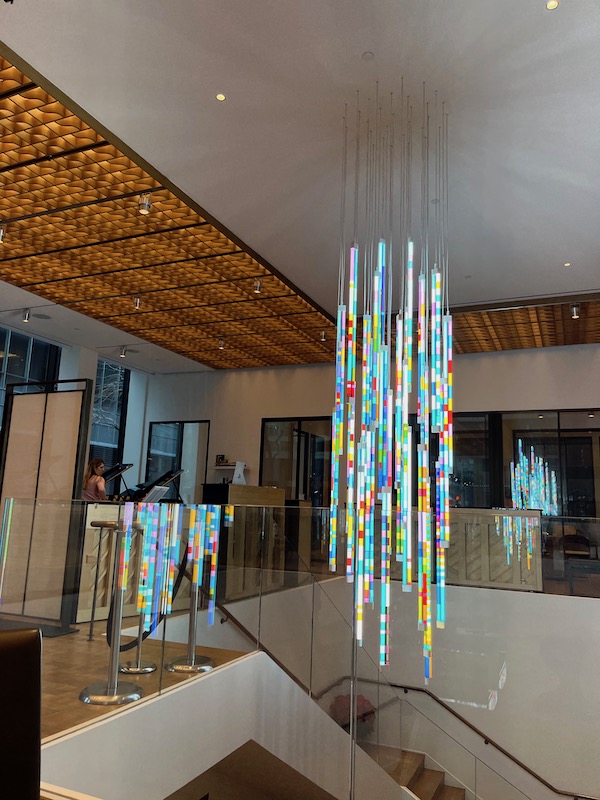
This design is only visible if you walk to the back of the showroom, making it a delightful surprise for visitors. Architecture lovers will find this as inspiring as the pianos themselves.
Why Steinway Remains a Symbol of New York
From its Rococo origins to its sleek modern incarnation, Steinway Hall has always been more than a piano showroom. It is a space where history, music, and architecture meet.
Whether you admire its past grandeur or today’s minimalist elegance, Steinway Hall continues to represent the pinnacle of piano craftsmanship and cultural prestige in New York City.
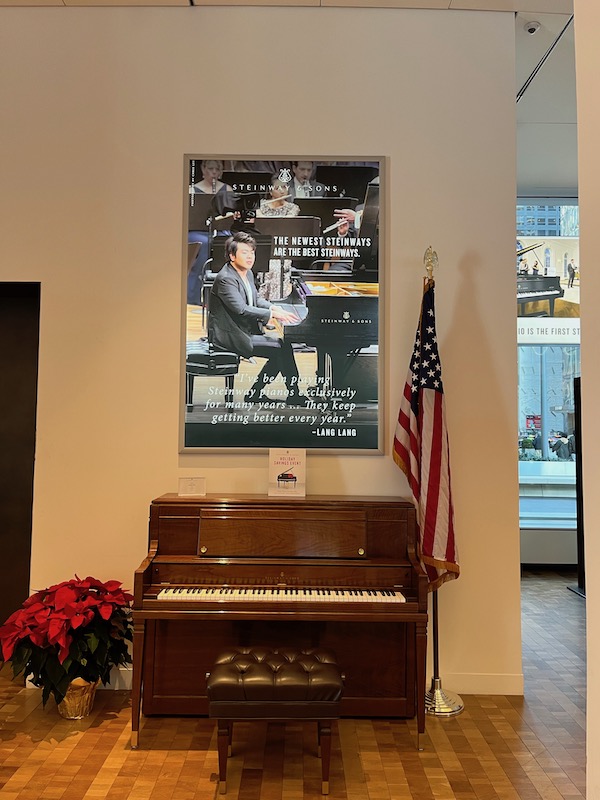
Conclusion
The history of Steinway Hall is deeply intertwined with Manhattan itself. From 14th Street in the 19th century, to 57th Street’s legendary salon, and now Midtown’s glass-walled modern hall, Steinway has reinvented itself while staying true to its legacy of excellence.
For musicians, music lovers, and architecture enthusiasts alike, Steinway Hall remains a must-visit destination in New York City.

